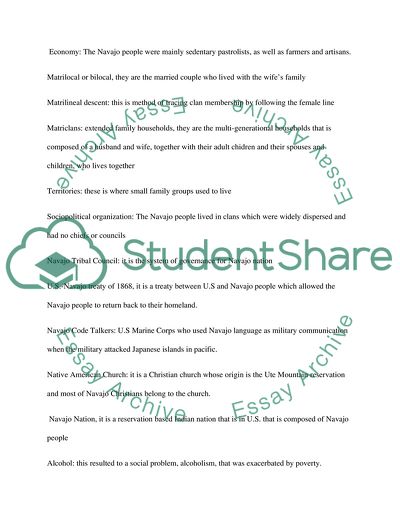Cite this document
(Guide to American Indian History Assignment Example | Topics and Well Written Essays - 2250 words, n.d.)
Guide to American Indian History Assignment Example | Topics and Well Written Essays - 2250 words. Retrieved from https://studentshare.org/anthropology/1790400-assignment-anthropology-321
Guide to American Indian History Assignment Example | Topics and Well Written Essays - 2250 words. Retrieved from https://studentshare.org/anthropology/1790400-assignment-anthropology-321
(Guide to American Indian History Assignment Example | Topics and Well Written Essays - 2250 Words)
Guide to American Indian History Assignment Example | Topics and Well Written Essays - 2250 Words. https://studentshare.org/anthropology/1790400-assignment-anthropology-321.
Guide to American Indian History Assignment Example | Topics and Well Written Essays - 2250 Words. https://studentshare.org/anthropology/1790400-assignment-anthropology-321.
“Guide to American Indian History Assignment Example | Topics and Well Written Essays - 2250 Words”, n.d. https://studentshare.org/anthropology/1790400-assignment-anthropology-321.


